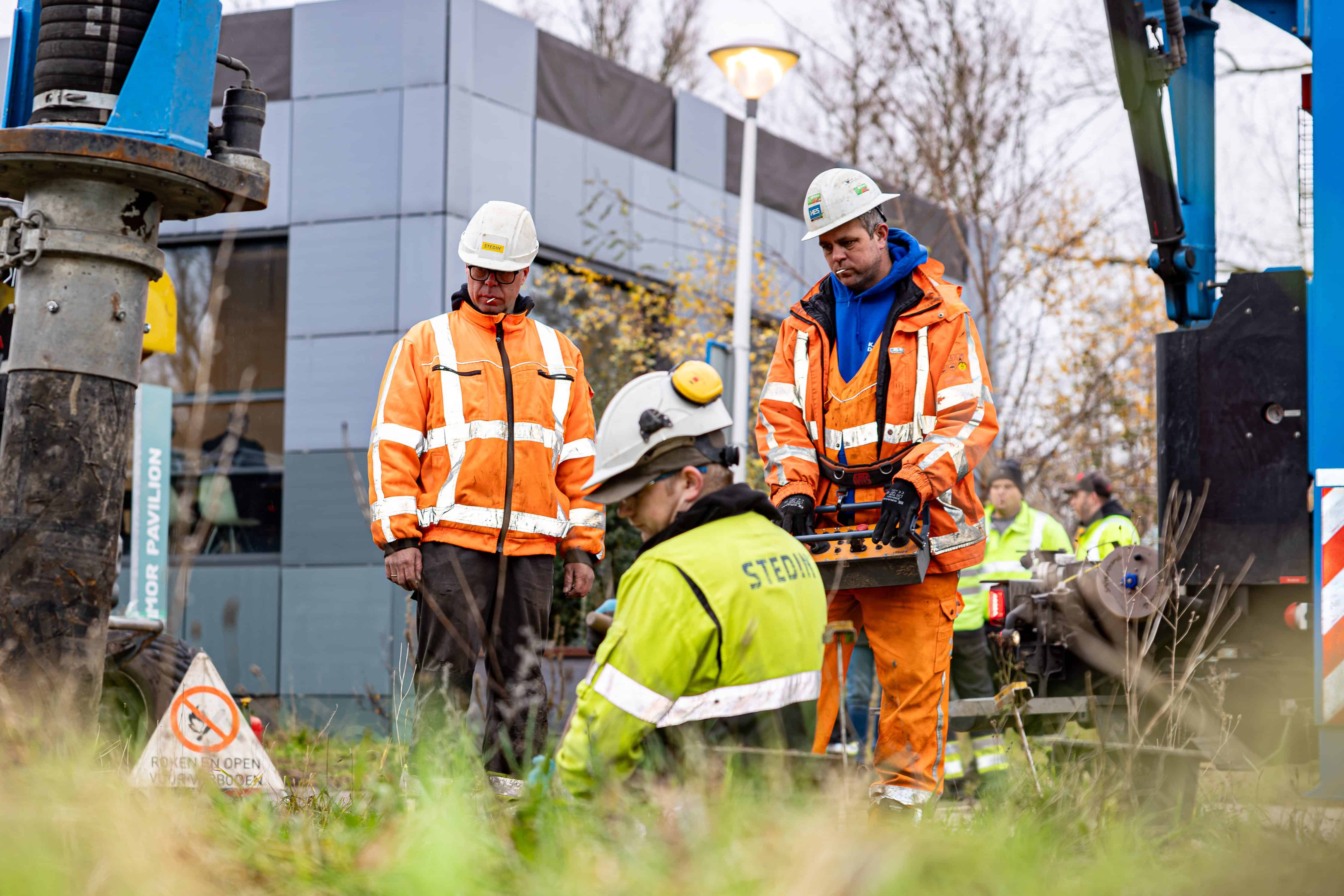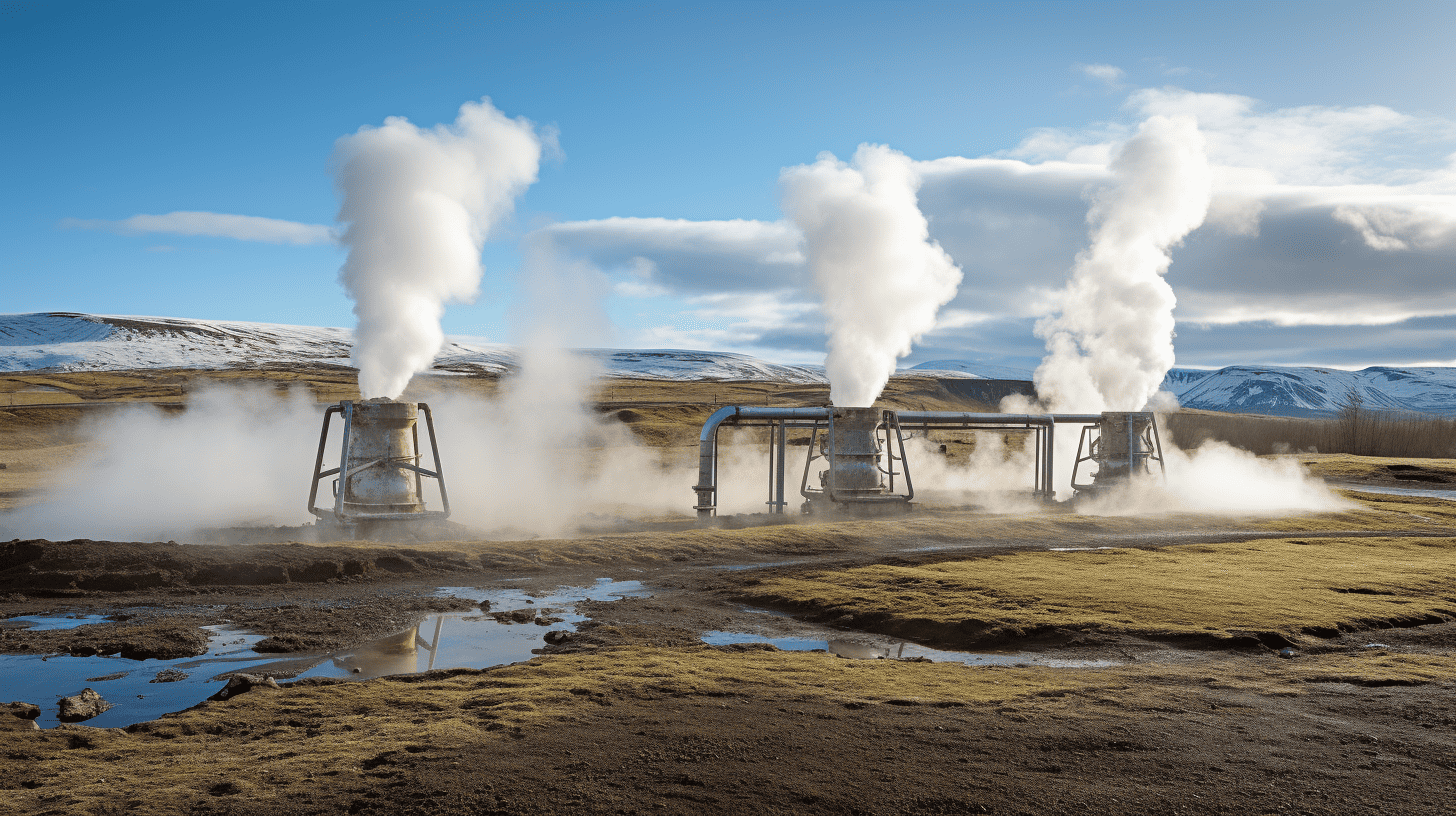
In our Sunday newsletter, we, as editors, reflect on the past seven days. Here’s everything we published, and underneath is our selection:
With the rare earths needed for supermagnets, this Norwegian village wants to lead the energy transition in Europe
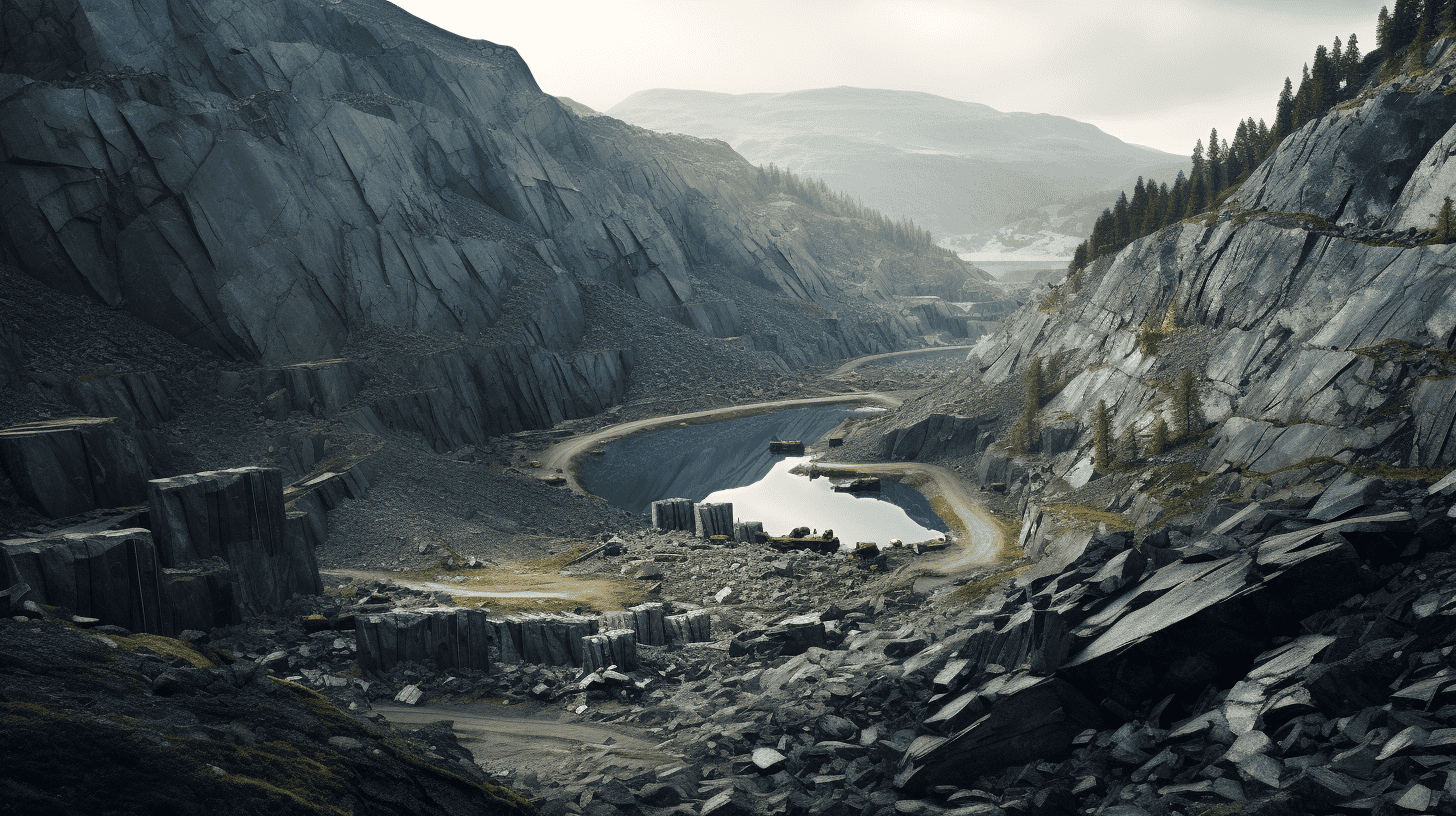
Permanent magnets, also known as supermagnets, are essential in manufacturing a wide range of state-of-the-art products, including electric cars and wind turbines. To create these magnets, crucial in the energy transition, several ‘rare earth elements’ are needed. Much of this nowadays comes from China, which hinders Europe’s desire to become strategically autonomous in the energy transition. The Fen Carbonatite Complex, near the Norwegian village of Ulefoss, might be part of the answer the continent has been looking for.
AI-Enhanced night vision: A breakthrough for autonomous cars
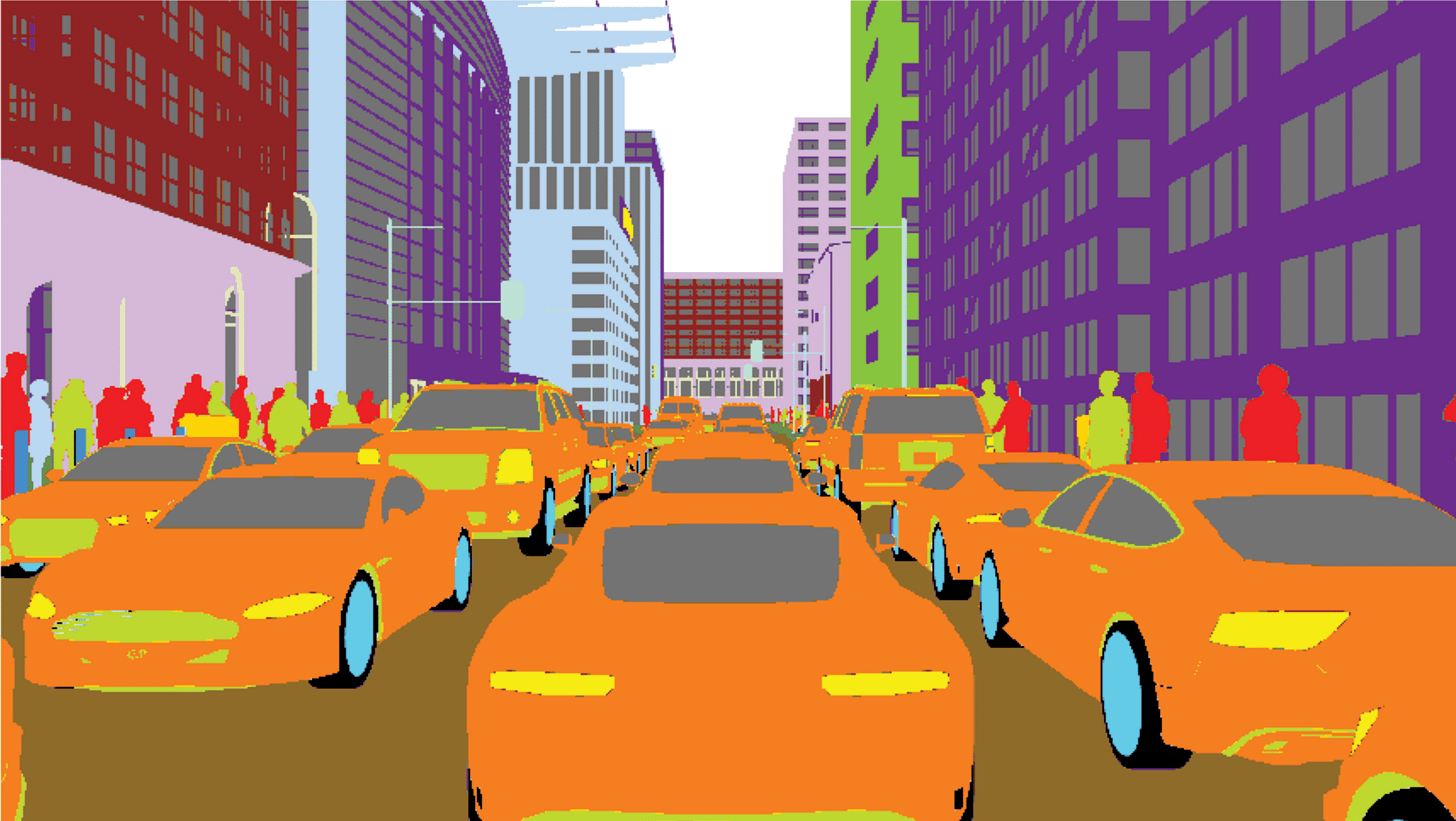
Researchers from Purdue University and Michigan State University have developed HADAR, a ground-breaking camera imaging system. Their research was published in Nature. Through the application of artificial intelligence, HADAR interprets heat signatures, providing unprecedented clarity in thermal imaging. This technology is set to revolutionize the way autonomous vehicles and robots perceive their surroundings, overcoming traditional ‘ghosting’ issues associated with heat radiation. HADAR successfully detects temperature, material composition, and thermal radiation patterns, even within visually obstructed environments.
Revitalizing Superstar Cities in a post-pandemic world: embracing hybridity and adaptability

The post-pandemic world has brought about significant changes in how cities function, particularly in real estate. A McKinsey Global Institute report titled ‘Empty Spaces and hybrid places: The Pandemic’s lasting impact on real estate‘ highlights the need for cities to adapt to these changes to maintain their vibrancy and relevance.
Battle against heat waves takes a digital turn
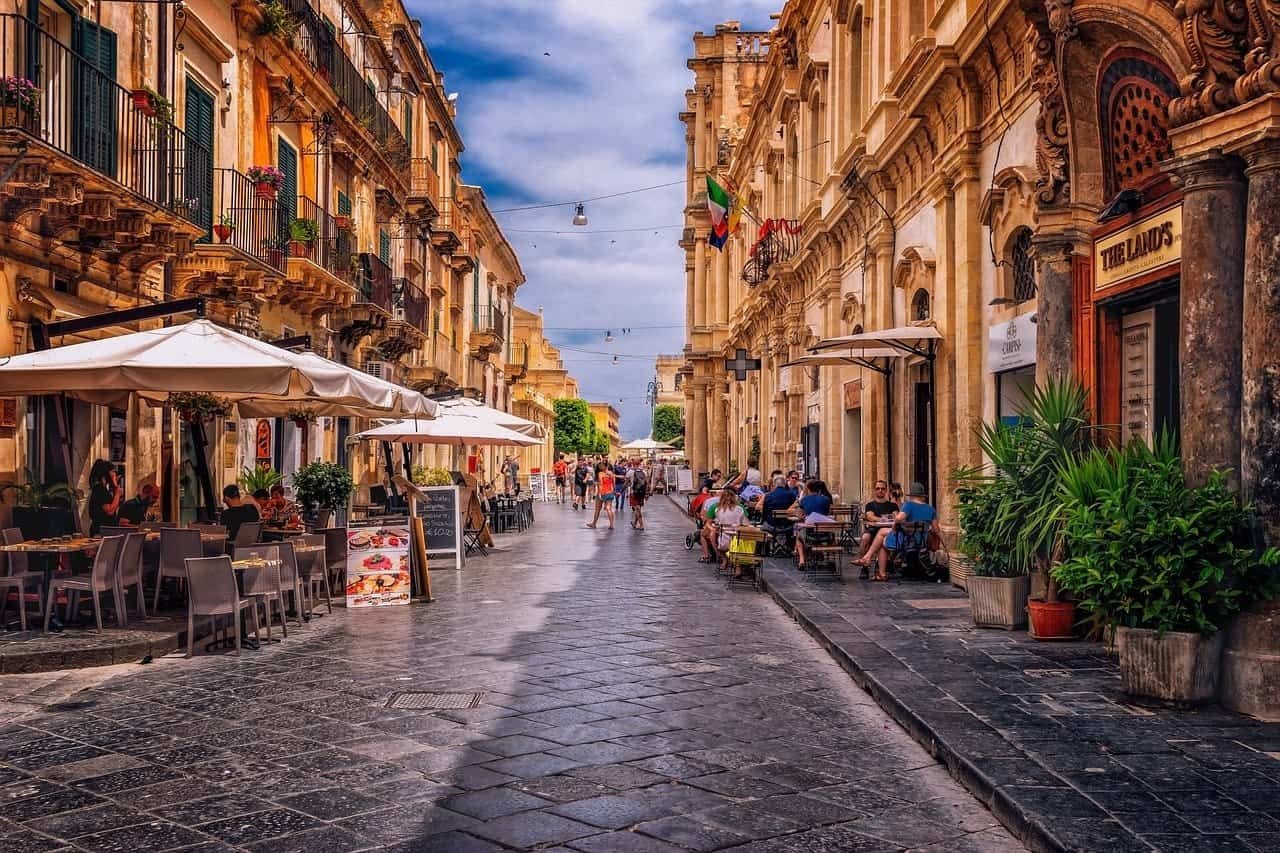
The impact of extreme heat in urban areas is a growing problem. Adding more green space and water storage to urban areas are effective solutions. With more greenery, the city’s temperature drops, improving livability at the same time. In addition, water storage helps to retain water in cities, contributing to more greenery and, thus, a cooler environment.
Optimize your total product lifecycle, not only the first version of your product
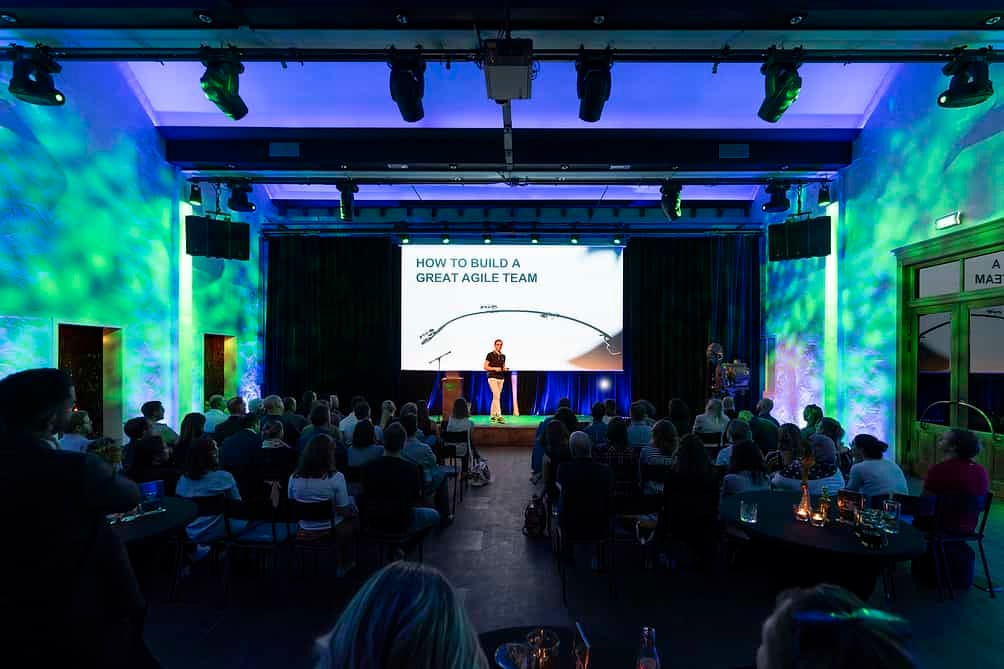
In the eight years he has been working for Picnic, Daniel Gebler has been through all the innovation iterations you can think of. From the outside, Picnic may still look like a grocery delivery company. But on the inside, it is a pure tech company at scale – an ideal place for a computer scientist like Gebler, who knows how technology accelerates business and creates future opportunities as its Chief Technology Officer.
Harnessing the power of plants: Indoor air purification and its scientific benefits

Since the 1980s, the concept of using plants for air purification, known as phytoremediation, has intrigued scientists and environmentalists alike. The groundbreaking NASA Clean Air Study shed light on the air-cleansing properties of certain indoor plants. While the study originally aimed to address air quality in enclosed environments like space stations, it revealed that specific common plants could naturally remove volatile organic pollutants like benzene, formaldehyde, and trichloroethylene through their natural processes, in addition to their role in absorbing carbon dioxide and releasing oxygen through photosynthesis.
Extending aircraft service life is more relevant than ever
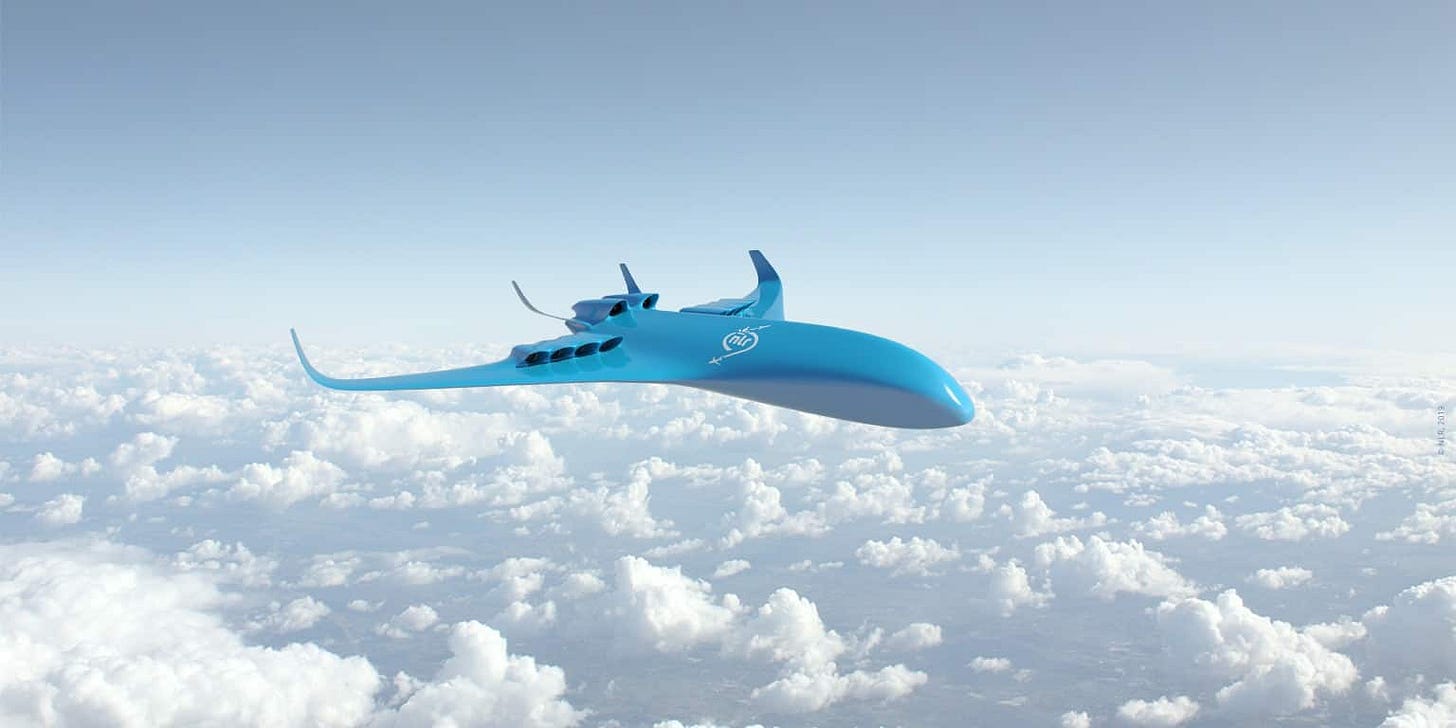
To make flying as efficient and sustainable as possible, the aviation sector is always on the lookout for ways of making aircraft as light as possible. Fatigue – the point at which a material gives way under a low but varying load – plays an important role in this. The service life of an aircraft is largely determined by the risk of failure due to fatigue. Now that advanced lightweight materials and structures are gaining ground, the topic has become more urgent than ever.
Have an innovative, sunny week!
Team Innovation Origins


